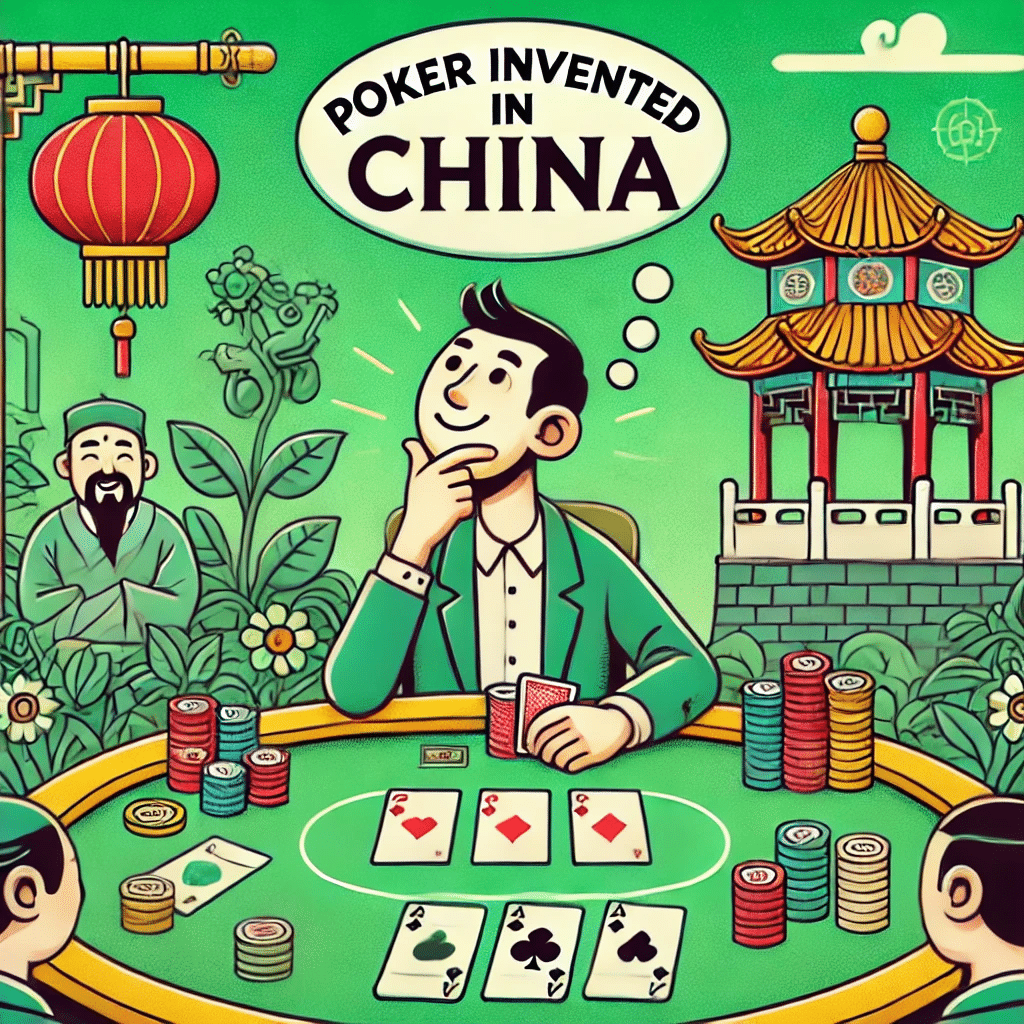Solitaire is undoubtedly a brilliant game, why else would you be at Solitaire.ca if you didn’t think so! But – there’s another card game that preceded it – poker. This game is an entry point into the world of card gaming for many new players, including those who go on to love solitaire. So, let’s take a look at how we got from the tournaments of yesteryear to the poker tournaments we know today.

The first time ‘poker’ was played was in 10th-century China. The first-time poker – as we know it today – was played, was sometime between 1810 and 1820, likely in New Orleans. Yet, the first poker tournaments weren’t held until the latter half of the 20th century. Sure, seems like an awful long time. Since then, poker tournaments have soared in popularity, but why?
You’re in luck! We’re going to take a look at the happenings that shaped the enthusiasm for poker tournaments. After all, there are endless online tournaments. The Canadian online casino called Bodog hosts regular poker tournaments, with cash prizes of varying sizes. You’ll even find free-to-enter tournaments (free rolls) and some seriously huge in-person poker showdowns.
Ready to get stuck in?
The First Texas Hold’em Tournament
It makes sense to start with the first recorded tournament. This took place in 1969 at the Dune casino, Las Vegas, Nevada. It invited players to test their skills at the (now popular) Texas Hold’em variant.
Perhaps unsurprisingly, It was a high-stakes affair, with a buy-in of $5,000 – pretty bloomin’ hefty for 1969! It pitted the biggest, boldest, and best brains against one another. Players and spectators from around the world attended and it became abundantly clear that there was an appetite for these highest levels of poker competition.
The First World Series of Poker
Just a year later, we’d see the first World Series of Poker. Seems pretty quick, doesn’t it?! The WSOP took place in 1970’s Las Vegas, but this time at Binion’s Horseshoe Casino. There were a bunch of variants at this tournament, including five-card stud, razz, and seven low-ball.
Johnny Moss was the overall winner, as elected by the other participants in the competition. He took home a silver cup (and the pot from the final game) and was named the World Champion of Poker. It wouldn’t be long before the prize money started to flood in.
The WSOP’s First Decade
In 1970, there was no cash prize, just a cup. But the cash prize entered the following year and there was no stopping it! From 1971 until 1981 the prize money grew from $30,000 to a whopping $375,000. Serious cash back in the early 1980s.
In line with the prizes, the interest in the competition grew too. In 1970 there were just 7 participants. In 1982 there were 52 participants, just ten years later there were almost 3,000! It’s a significant shift.
Hole Card Cameras
One of the next big swings to happen for poker tournaments came in the form of hole card cameras. These were launched in 2003 and helped to propel poker on TV to new heights.
Unsurprisingly, the WSOP immediately invested in this technology, generating even more interest in their huge competition. Off the back of this, the World Poker Tour followed suit. These two bold investments further solidified the poker tournament’s place in the mainstream.
The Chris Moneymaker Effect
Also in 2003, a pretty fortune changing event happened. It was this year that Chris Moneymaker secured his seat in the WSOP Main Event. He’d done this by winning a satellite event for just $100. Not only did he secure a seat, but he won.
He took home a (frankly?) ridiculous $2.5 million and was straight-away thrust into the limelight. He is widely credited with starting the online poker boom of the early 2000s – and with a success as big as that, how could he have failed to? Everybody likes the David and Goliath story, and Moneymaker gave them a real life one.
The World Poker Tour
We briefly mentioned the World Poker Tour getting involved with hole card cameras. They took this idea and launched a poker tournament on the Travel Channel in 2004. The idea was that people from all over the world could play at an event (relatively) close to them, or at the very least tune in and watch it. The Moneymaker effect helped to propel this tour to new levels, along with the television coverage.
The WPT consists of 15 Texas Hold’em Tournaments, 12 of which are broadcast worldwide. The remainder have slightly smaller prizes, but still sometimes more than $500,000.
The World Series of Poker Today
It’s still the World Series of Poker that has the lion’s share of the prize money (and interest) today. Nowadays, the WSOP hands out 55 gold bracelets to the champions each year, but more amazingly, in 2023 they gave a $23 million prize to the Main Event winner, Daniel Weinman.
There has also been a move towards online events in the WSOP in recent years. In 2020 the Online WSOP began, with a cool $3.9 million in prize money. Since then, the series has gained even more popularity, with Bert Stevens of Germany winning last year’s event.
